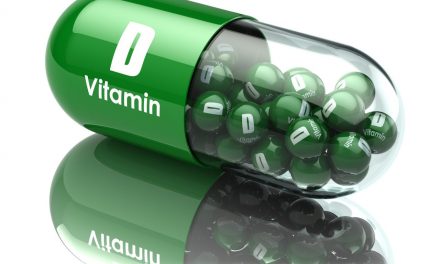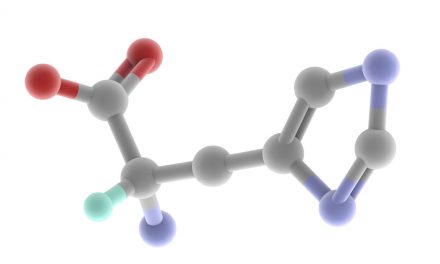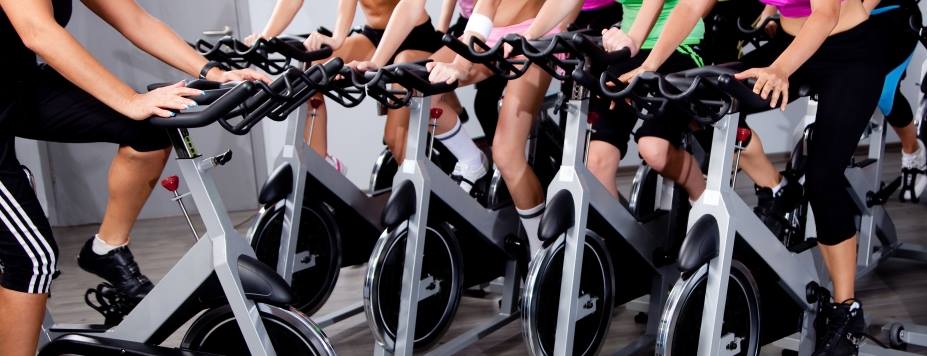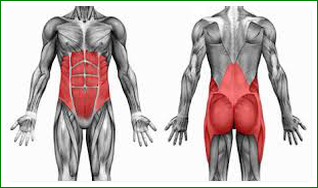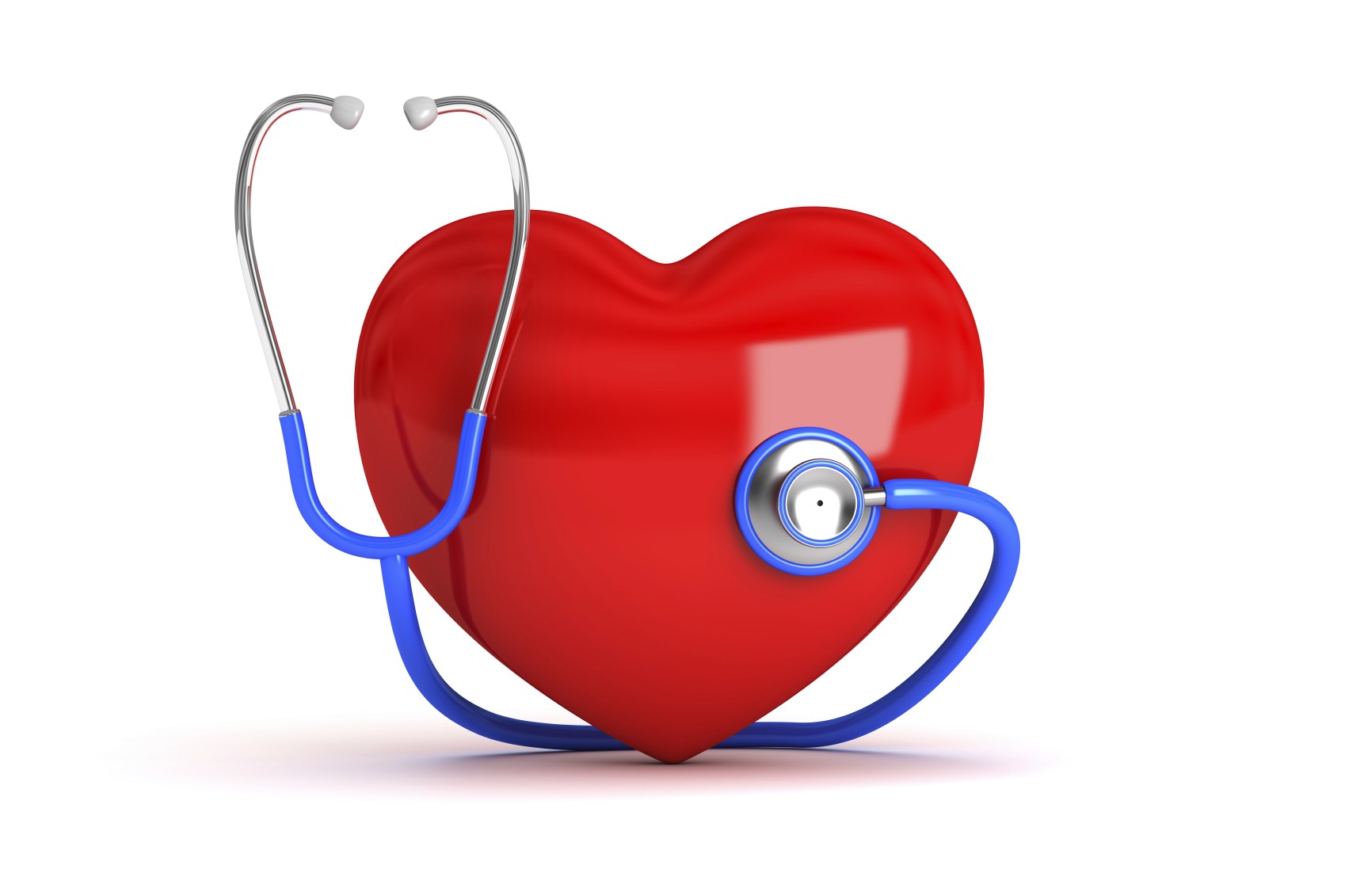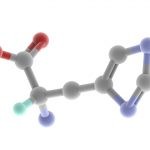– Read also: “Metabolism, fast or slow: it depends on what? – Part 2”
Speed up your metabolism
We already know that the daily energy expenditure was mainly influenced by three factors: the basal metabolism, thermogenesis induced by diet and physical activity. It is on these three components need to focus efforts aim to increase metabolism. Exercise increases muscle metabolism indirectly due to increased secretion of anabolic hormones and the consequent buildup of muscle mass. The basal metabolic rate is the minimum energy needed to maintain vital functions and wakefulness. In a healthy individual and sedentary basal metabolic rate accounts for about 60-75% of total energy expenditure.
The increase in lean body mass and physical exercise is a powerful stimulus for the metabolic activities. The more muscle we have and consume more calories throughout the day, regardless of age, thyroid function and level of physical activity. The muscle, in fact, is a living tissue, in continuous renewal and with metabolic demands significantly higher compared to adipose tissue (almost ten times).
Better muscle tone helps to burn more calories even while exercising. While we do our sport metabolism increases significantly and remains elevated for several hours after training (up to 12 hours after a particularly intense). To speed up the metabolism is recommended to perform a task mixed, that is characterized by a high intensity work (toning exercises with weights, with machines or bodyweight) followed by an aerobic activity such as running, cycling or swimming duration.
Endurance activities greatly accelerate metabolism during exercise, keeping it high even for 4-8 hours; instead have a modest effect on the basal metabolism as they tend to leave unchanged the muscles.
The combination of these training techniques can greatly increase your metabolism, building muscle rich in mitochondria and capillaries. To speed up your metabolism make at least two or three workouts per week lasting no less than 40 minutes. Alternating aerobic activities with toning exercises, session after session, or within the same training session (in this case, better to start with strengthening exercises and end the session with aerobic exercise is not excessive).
Give your best with weights and in general with all the toning exercises. The high intensity workout is in fact a powerful stimulus for the secretion of anabolic hormones; hardly turn the reader on a bodybuilder, but will still greatly accelerate its metabolism.
Frequently change your training program, in order to facilitate the metabolic adaptations necessary to deal with the new stress.
When you do aerobic activity seeks to maintain a steady pace without stopping or pause too long grabbing. Exercised at a heart rate of around 70-75% of the HRmax (Heart Rate Max) for at least thirty minutes. Avoid over-long sessions instead, especially if you do not have an adequate physical condition.
If you have little time to devote to sport, adopts intelligent solutions: park a few hundred yards away, walking up the stairs instead of taking the elevator, use a broom instead of a vacuum cleaner. Tricks are simple, but they also help speed up your metabolism.
During the day, try to actively contracting muscles: flatten the belly, clench your fists, lift your legs, squeezing the quadriceps. These spontaneous contractions, which often do not do much if they contribute significantly speed up your metabolism, so that are typical of lean and hyperactive subjects while you observe much more frequently in the obese.
